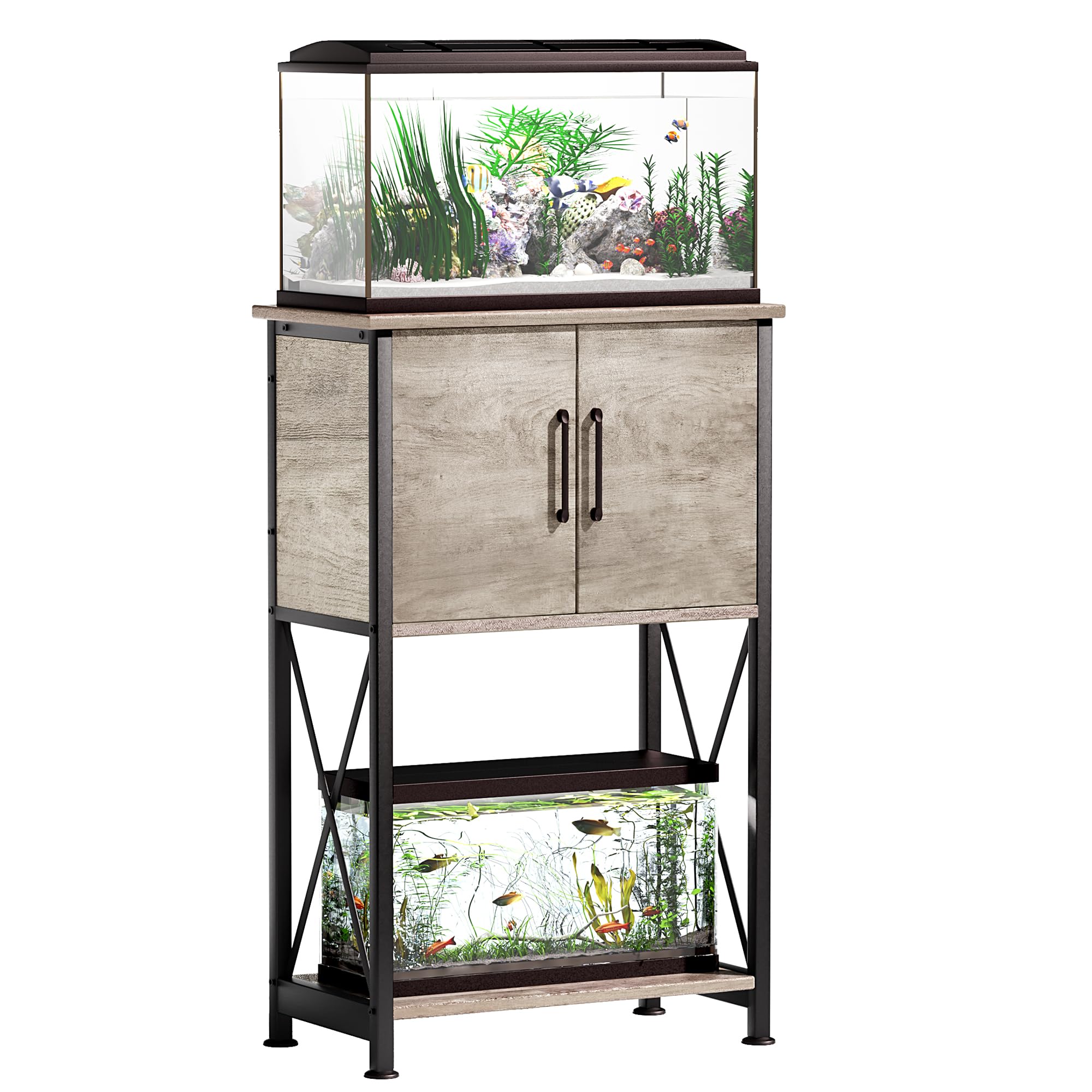Smart Guide to Properly Care for Neon Tetra in 2025

Effective Ways to Care for Neon Tetra in Your Modern Aquarium (2025)

The neon tetra is a favorite among aquarium enthusiasts, renowned for its striking colors and tranquil behavior. This small freshwater fish, which thrives in schools, offers a captivating display in any modern aquarium. Understanding the essentials of neon tetra care is crucial for creating a thriving environment that enhances their beauty while ensuring their health and longevity. In this comprehensive guide, we will delve into key aspects such as tank setup, dietary needs, breeding techniques, and compatibility with other species.
This article aims to provide a holistic overview of the neon tetra tank setup, ensuring optimal conditions for these vibrant creatures. We will cover vital topics like neon tetra diet, temperature preferences, and water parameters. With effective care practices, you can create a harmonious habitat that promotes their natural behavior and vibrant colors. By the end, you will possess all the insights to maintain a flourishing neon tetra community in your aquarium.
Key Takeaways:
- Understand the fundamental aspects of neon tetra care.
- Learn about the ideal neon tetra tank setup and compatibility.
- Explore dietary requirements and breeding tips for neon tetras.
- Gain insight into common health issues and their prevention.
Essential Guide to Neon Tetra Tank Setup
Setting up an appropriate tank for neon tetras is crucial to their overall well-being. These colorful fish thrive in environments that mimic their natural habitat, which is typically a densely vegetated river system in the Amazon Basin. A properly designed tank setup can significantly enhance their lifespan and health.
Optimal Tank Dimensions and Size
When it comes to establishing a neon tetra tank setup, size matters. Ideally, a tank should be at least 10 gallons to provide ample swimming space for neon tetras, which require a school of at least six to feel secure and active. A larger tank enhances stability in water quality, ultimately leading to better health for the fish.
Furthermore, the tank size impacts the aquarium's biodiversity potential, allowing for a variety of compatible fish species. If you are considering adding other community fish, ensure the overall tank size accommodates their presence alongside neon tetras.
Creating the Right Environment
Neon tetras prefer lower light levels, which can be achieved through carefully selected aquarium lighting. Using LED lights with a soft white or blue spectrum can create an inviting atmosphere. Positioning live aquatic plants like Java moss or floating ferns helps diffuse the light further, providing security and comfort for the fish.
Ensuring the presence of plants not only mimics their natural habitat but also contributes to the neon tetra health by providing surfaces for beneficial bacteria and creating hiding spots that reduce stress.
Water Quality and Filtration
The health of your neon tetras directly correlates with water quality. Invest in a high-quality aquarium filtration system to ensure the tank's water remains clean and well-oxygenated. Perform regular water changes, ideally 25% weekly, to maintain optimal water conditions.

Test your water parameters frequently. Ideal conditions for neon tetras include:
- Temperature: 70-81°F (21-27°C)
- pH: 6.0 to 7.0
- Hardness: 1-10 dGH
By maintaining these parameters, you can promote the longevity and well-being of your neon tetras. Taking the time to build a suitable tank setup will pay off by providing a vibrant home for your neon tetras while also creating a stunning focal point in your living space.
Understanding Neon Tetra Diet and Feeding
Feeding neon tetras the right diet is essential for their health and vibrant coloration. As omnivores, these fish require a balanced diet consisting of both protein-rich and plant-based foods.
Types of Neon Tetra Fish Food
When choosing food for your neon tetras, consider offering a variety of options. High-quality flakes specifically designed for tropical fish are suitable, and you can supplement them with freeze-dried foods, such as bloodworms or brine shrimp, to provide added protein. Additionally, include vegetable-based options like spirulina flakes.
Incorporating a range of food types helps mimic the diverse diet they would find in the wild, leading to improved health and coloration. Aim to feed neon tetras small amounts two to three times daily, and only provide what they can consume within two minutes to prevent excess waste in the tank.
The Importance of Feeding Schedules
Establishing a consistent feeding schedule helps regulate neon tetra feeding behaviors and prevents overeating. Tetras are known for their schooling behavior, so it is important to monitor feeding to ensure all fish are receiving equal amounts of food. This strategy not only promotes better health but also contributes to the overall social dynamics of the group.
Avoiding Common Mistakes in Feeding
One of the most common mistakes is overfeeding, which can lead to poor water quality and health problems among neon tetras. Always be cautious of leftover food in the tank after feeding, and make adjustments to the amount offered as needed. Moreover, providing live food can also enhance their diet but ensure it comes from reputable sources to prevent disease introduction.
Neon Tetra Compatibility: Choosing Suitable Tank Mates
When selecting companions for your neon tetras, compatibility is key to ensuring a peaceful and harmonious aquarium. Understanding their social behavior and preferences allows you to choose the right fish that complements their temperament.
Ideal Tank Mates for Neon Tetras
Neon tetras are sociable and thrive in community settings. Some suitable tank mates include:
- Guppies
- Endler’s livebearers
- Dwarf rainbowfish
- Corydoras catfish
Avoid larger or aggressive species that may intimidate or harm the tetras. Understanding the behaviors and sizes of different fish species will create a balanced aquarium environment.
Creating a Peaceful Community Tank
Establishing a successful community tank involves ensuring every fish species has adequate space and territories. Adding live plants and decorations within the tank can help create natural barriers, reducing the likelihood of territorial disputes. Aim for at least five to six neon tetras to create a cohesive schooling group, which promotes their confidence and diminishes stress.
Social Behavior Dynamics
Neon tetras exhibit schooling behavior, which is essential for their social interaction; they feel most secure and less stressed when grouped. Observing their behavior provides insight into their social health and compatibility with other species. Should you notice aggressive behavior, it may indicate that tank dynamics need reevaluation.
Essential Insights on Neon Tetra Health and Common Diseases
Just like all fish, neon tetras can be susceptible to various health issues and diseases. Being proactive about their health care helps avoid severe problems in your aquarium.
Recognizing Common Neon Tetra Diseases
Some common health issues affecting neon tetras include:
- Ichthyophthirius multifiliis (Ich)
- White spots disease
- Fin rot
- Fungal infections
Monitoring your fish regularly for signs of distress or abnormal behavior is crucial. Early detection can lead to more effective treatment options and prevent the spread of disease within your aquarium.
Preventive Measures for Neon Tetra Health
Maintaining optimal water conditions greatly reduces the likelihood of health issues. Regular water changes, proper filtration, and maintaining the correct temperature not only support the overall health of neon tetras but also boost their immune systems.
Understanding Stress in Neon Tetras
Stress can lead to numerous health problems in fish. Recognizing stress indicators, such as excessive hiding, lack of appetite, and abnormal swimming patterns, allows you to address the root causes promptly. Evaluate school sizes, tank mates, and environmental conditions to reduce stress levels and promote a happy aquarium environment.
Neon Tetra Breeding Tips: Creating Optimal Conditions
Breeding neon tetras can be a rewarding experience for aquarium keepers. Understanding their reproductive behaviors and requirements is crucial for a successful breeding program.
Setting Up a Breeding Tank
A dedicated breeding tank is ideal for encouraging successful neon tetra breeding. The tank should be smaller, around 10 gallons, equipped with soft, dim lighting and several spawning sites made from fine-leaved plants or spawning mops. Make sure the water conditions are soft and slightly acidic, with a pH between 6.0 to 6.5.
Neon Tetra Eggs and Fry Care
After a successful spawning event, female tetras can lay hundreds of eggs. It is essential to separate parents from the eggs, as they may consume their offspring. The eggs typically hatch within 24-36 hours. Once they become free-swimming fry, provide them with suitable food, such as infusoria or finely crushed flakes, to facilitate healthy growth.
Monitoring and Managing Fry Development
Proper care during early development stages is critical. Keep regular water changes and maintain optimal conditions to encourage healthy growth rates for the fry. As they mature, introduce crushed flakes and transition them to standard neon tetra food.
FAQs About Neon Tetra Care and Maintenance
As you venture into the world of neon tetra care, you may have several questions. Below are common queries with solutions to help you navigate your aquarium experience.
What are the ideal water parameters for neon tetras?
Neon tetras thrive in water with a temperature between 70-81°F, a pH level of 6.0–7.0, and a hardness between 1-10 dGH. Regular testing will ensure your fish remain healthy and comfortable.
How often should I clean my neon tetra aquarium?
Perform a 25% water change weekly and conduct routine tank cleaning to maintain water clarity and quality. Monitor and clean the filtration system as needed to ensure optimal efficiency.
Can neon tetras be bred at home?
Yes! With proper conditions, breeding neon tetras can be successful. Set up a separate breeding tank, ensure suitable water parameters, and monitor their breeding behaviors.
Maintaining a Balanced Neon Tetra Habitat
Ultimately, caring for neon tetras requires attention to several elements, from setting up the right tank environment to monitoring their health. By following best practices in [neon tetra care](https://animalbase.online/?p=884) and addressing their dietary needs, you can cultivate a beautiful and thriving community of these vibrant fish. Remember, consistency in care and observation will lead to a successful and fulfilling aquarium experience.